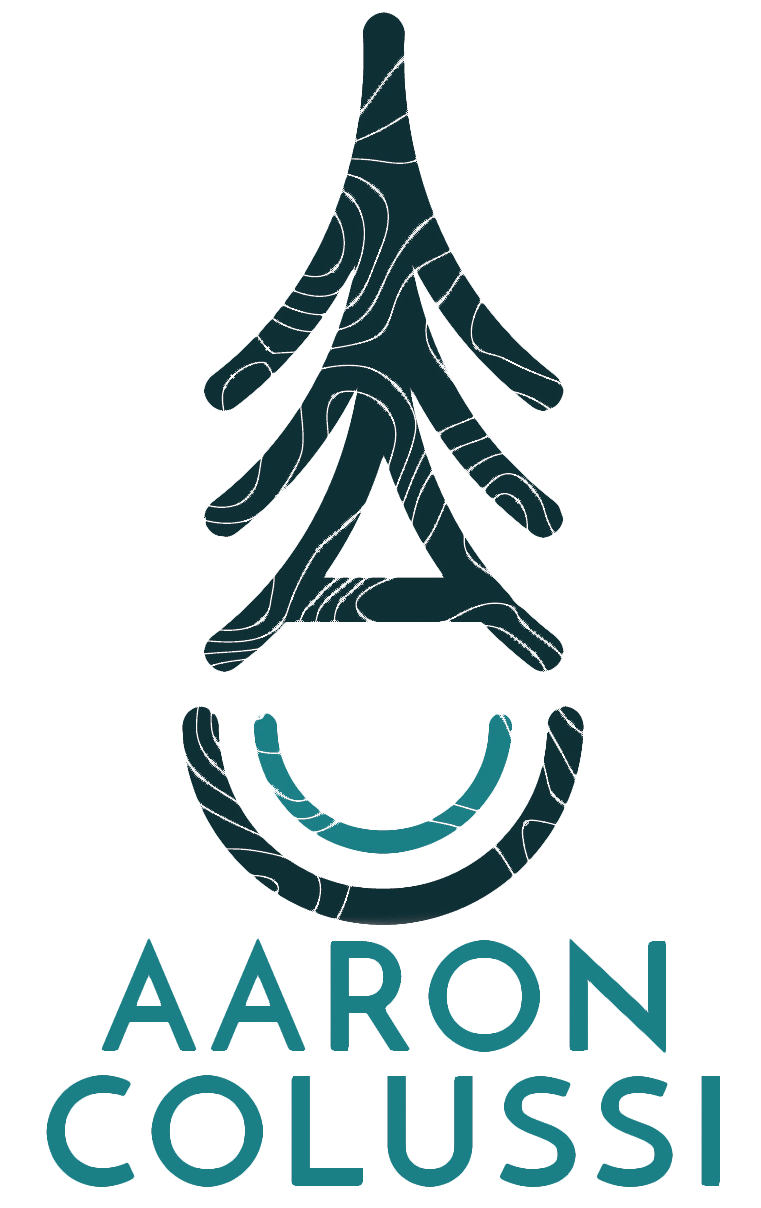Covers






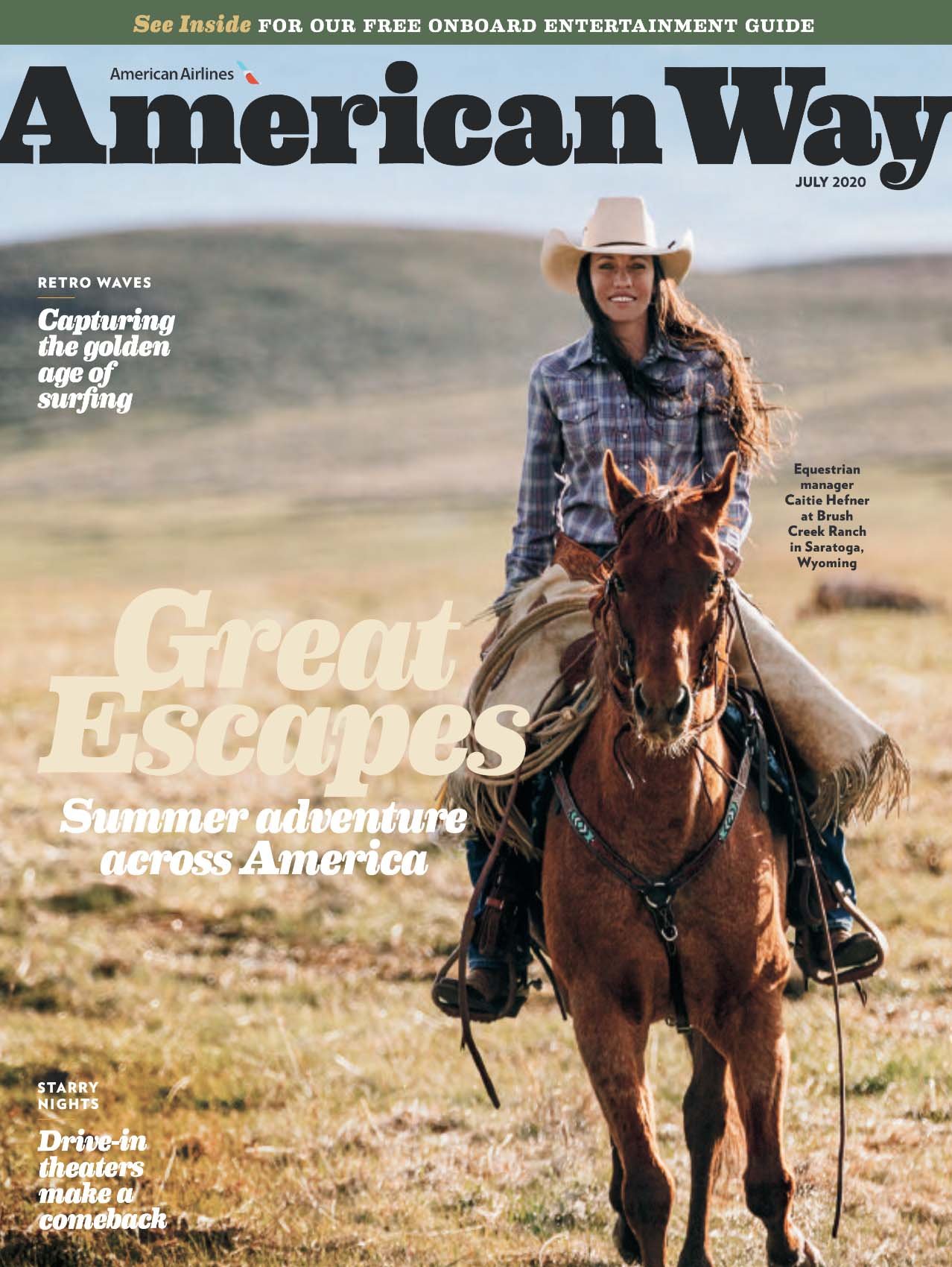











The North Face
THE INVISIBLE WALL
Years back while travelling in Southern Arizona I learned of the Tohono O’odham tribe. I was told of the tribal rite of passage known as the Salt Pilgrimage. A trek spanning many hundreds of miles in which a young
male would run from the center of his village outside of Tucson through the harsh desert, to the salt flats at the mouth of the Gulf of California in Mexico and retrieve sacred salt for the tribal elders. The centuries old route zig zagged the Mexico-US Border. However, now the wall and other physical impediments have complicated the journey.
I conceived, pitched, produced, and photographed the next iteration of The North Face’s infamous “Walls Are Meant For Climbing” campaign: “The Invisible Wall.” In collaboration with VICE, three North Face ultra-distance trail runners and myself traversed the majority of the US-Mexico Border, from West Texas to Tijuana.
Using the Salt Pilgrimage as inspiration, we set out to run a large section of the border to explore the incredible scenery, to learn from communities nestled along the border, and to craft an intimate narrative of the three runners, who had never met, and have very different feelings about what the wall means.
“The Invisible Wall” looks not at just how to “climb” walls, but how to look beyond them through the shared joy of running.












United Airlines
Over the past half decade I have had the pleasure of traveling the globe for United Airlines photographing for their Three Perfect Days editorial and commercial story. The images appeared in the Hemispheres Magazine, as digital stories on the seat back consoles, and finally as commercial advertisements.
The shoots took me to remote corners of Alaska, the lush jungles of Belize, and the fridge temperatures of Northern Idaho in the dead of winter, amongst other locales.
























Netflix: Life On Our Planet
Coppola Hideaways
How to film the end of the world? When I was asked if I could flim what the earth looked like 66 million years ago at the point of impact for the dino killing asteroid, I told them, sure, no problem… For nearly a month I set out to remote wildfires across the country. I lived out of my truck and worked off an incredibly stripped down camera set up. In order to get the desired footage, hikes of up to 15 miles per day were required, with none of it on trails. With such intense heat from the near 100 foot flames, matte boxes would become stove tops, and large batteries would be liabilities. Even with the most efficient set up, we had lenses melt, and even had to deal with direct retardant drops. But it was all worth it as we got the shots.
To top it all off, I was next asked to film what the earth looked like AFTER the end of the end of the world! To gather footage of what the earth looked like the millennia after the meteor strike, we travelled to remote North American deserts, places without people, without roads, without any form of civilization. I employed a similar stripped down set up as for the wildfires in order to hike remote desert peaks, windy sand dunes, ancient lake beds, and barren wastelands. I spent the hottest day on record, 135 degrees, in the far corner of Death Valley and learned that cameras don’t really function at about 110 degrees, which was 7am…











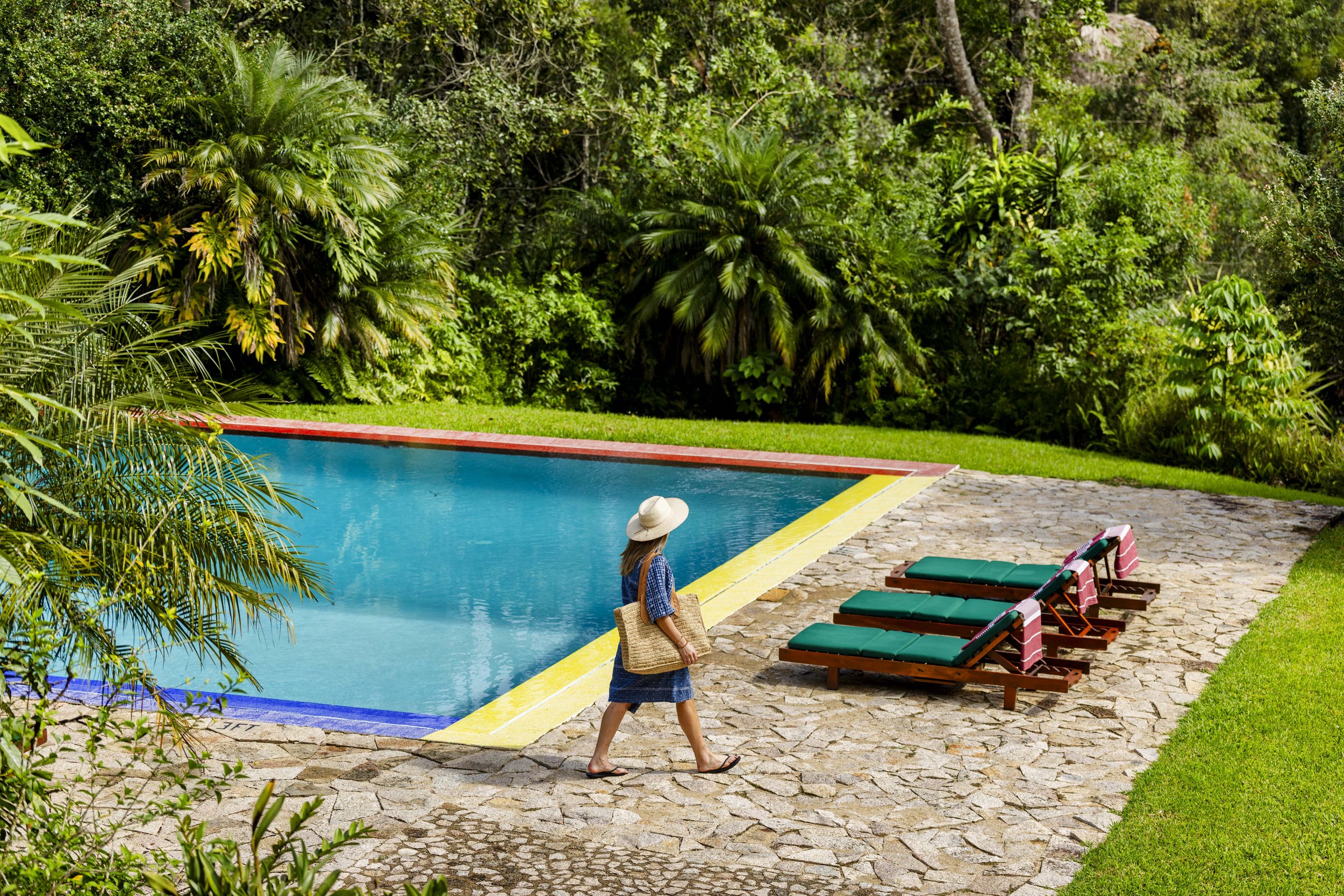









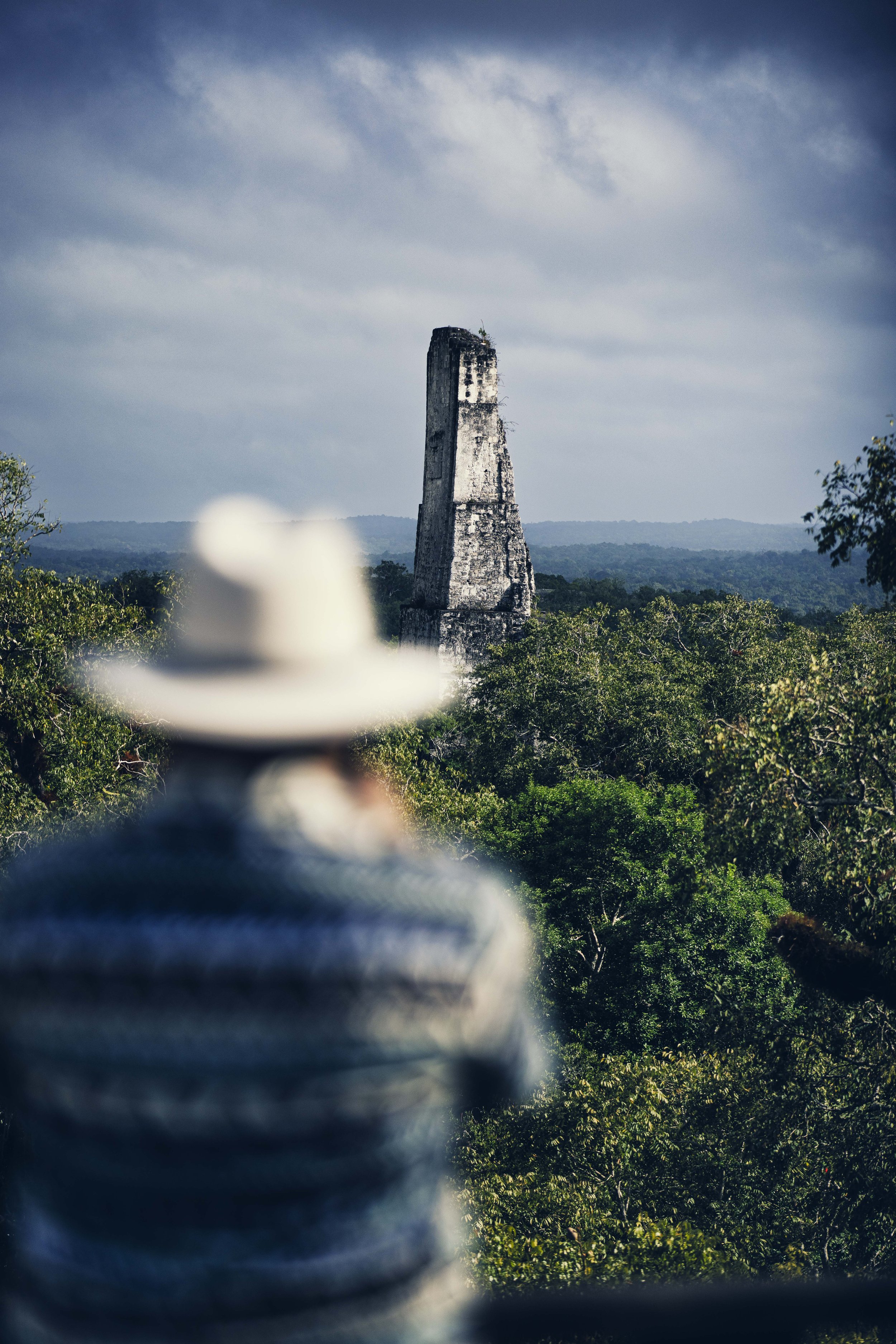







BBC: Earth From Space
In 2017 and 2018 I spent the summer filming for the BBC show, Earth From Space. The premise of the show was to utilize new satellite technology to document natural phenomena on Earth and juxtapose the satellite with on the ground footage.
I was hired to spend weeks documenting wildfires across the country. This required embedding with a number of Hotshot Crews as they battled the year’s enormous mega fires. Being allowed to film on a fire line is no joke, and I had to train with fire crews to pass their physical and fire knowledge exams.
Additionally in August of 2017, I was hired to climb the Grand Teton in Wyoming to document the Total Eclipse that passed overhead the Teton National Park. In order to gain the full perspective of the eclipse from on the mountain and also away from the mountain, I stashed cameras around the park and conducted timelapses while I climbed the mountain and documented from the summit.
Adidas Terrex











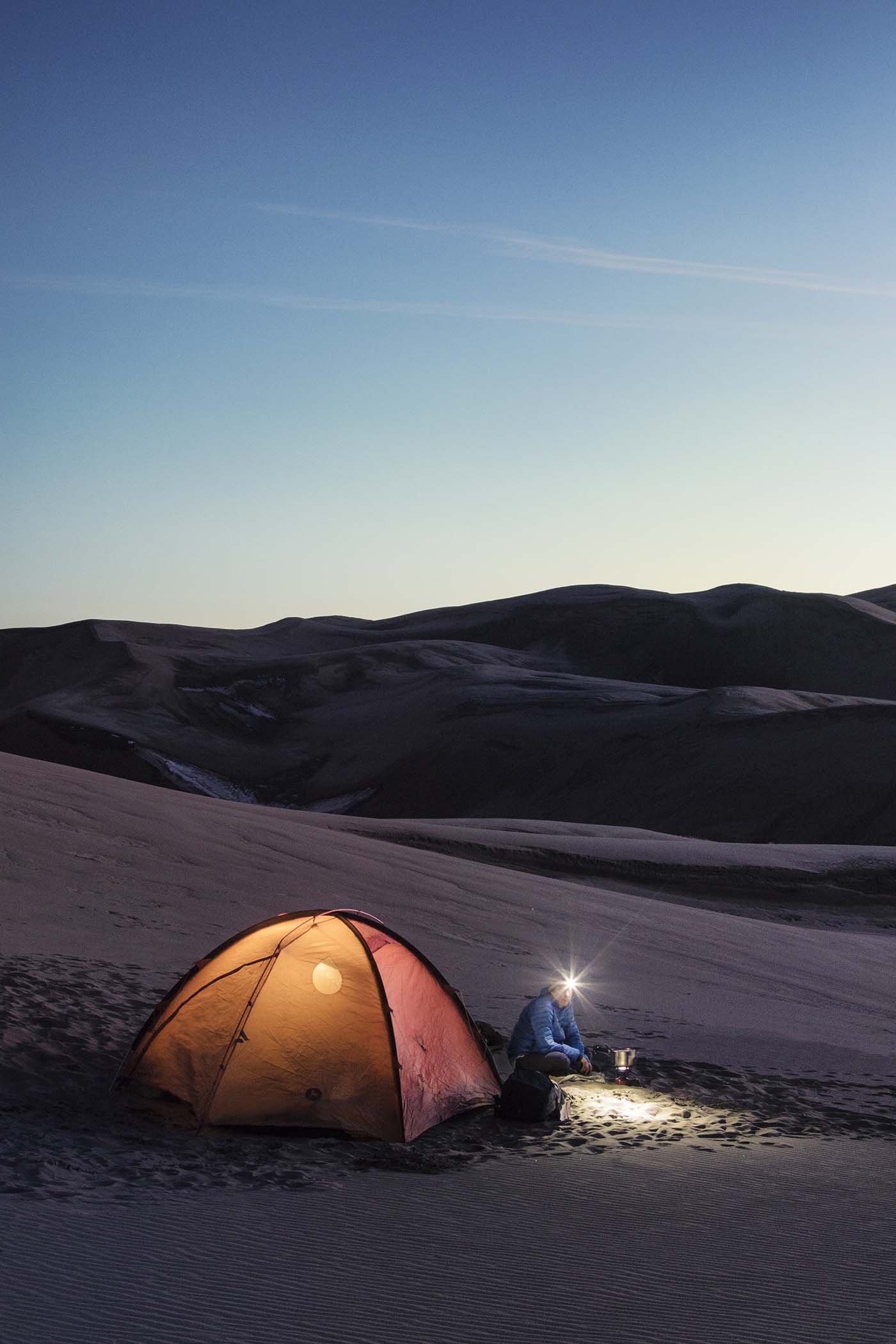








Rhone




















On: Running
A few years back, Katie Schide added to her incredible year by attempting the fastest known time on the White Mountain Hut Traverse in New Hampshire. The run follows the famous Appalachian Mountain Club Hut system that snakes around the high White Mountains, including the notorious Mount Washington. Totaling around 50 miles with 15000 feet of elevation gain, the run is more than intense. There are few areas in the Eastern US that have such harsh terrain above tree-line. The environment of the White Mountain summits more closely matches Newfoundland or Labrador than the rest of New England.
My team and I were lucky enough to film Katie's attempt and spend a week with her, Germain Grangier, and some of the Hut workers.
Faherty Brand

















Colorado State Parks



















